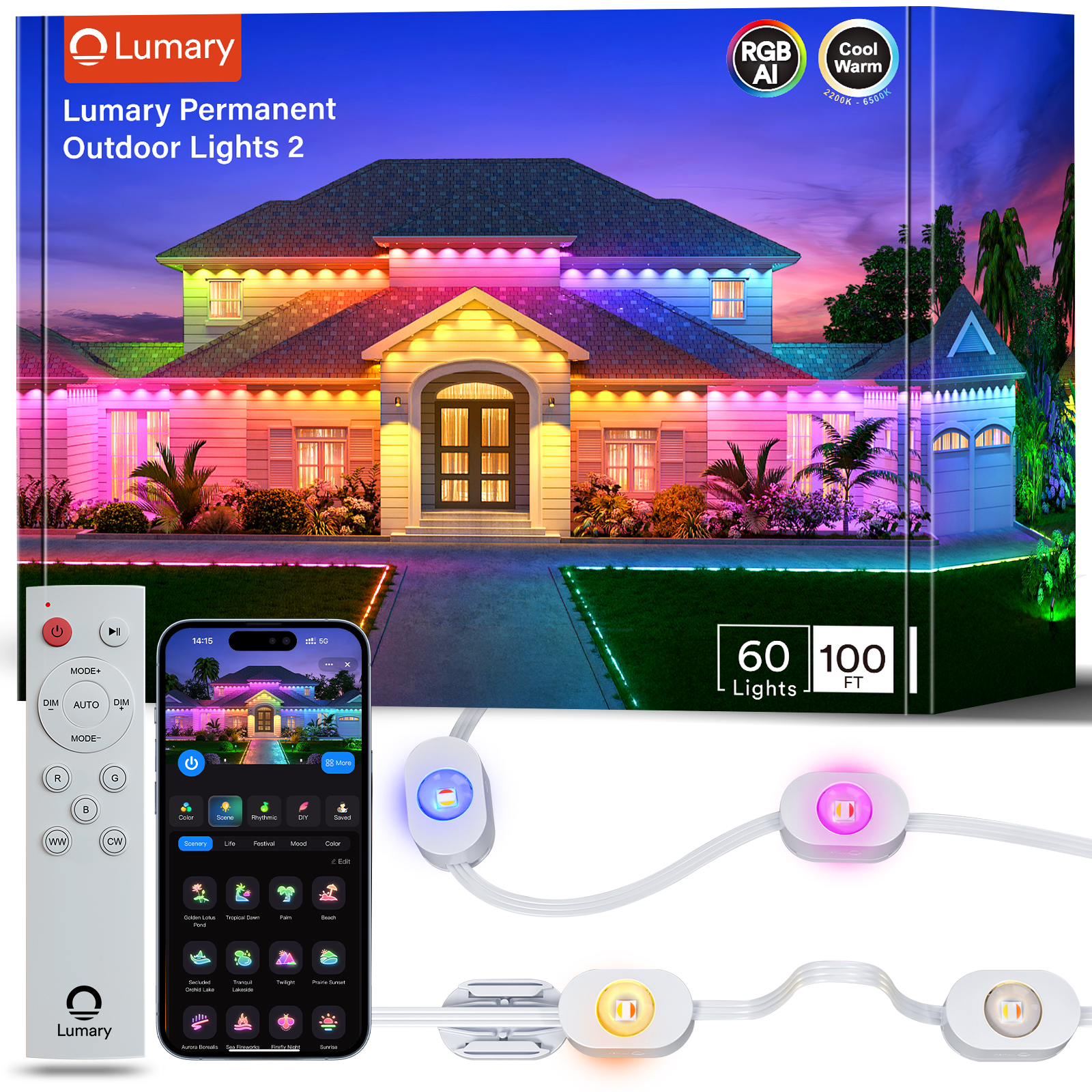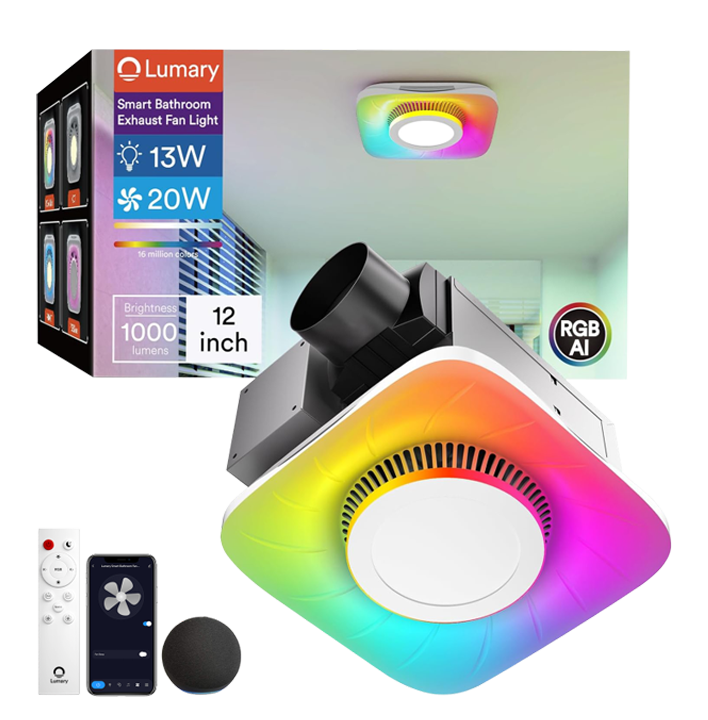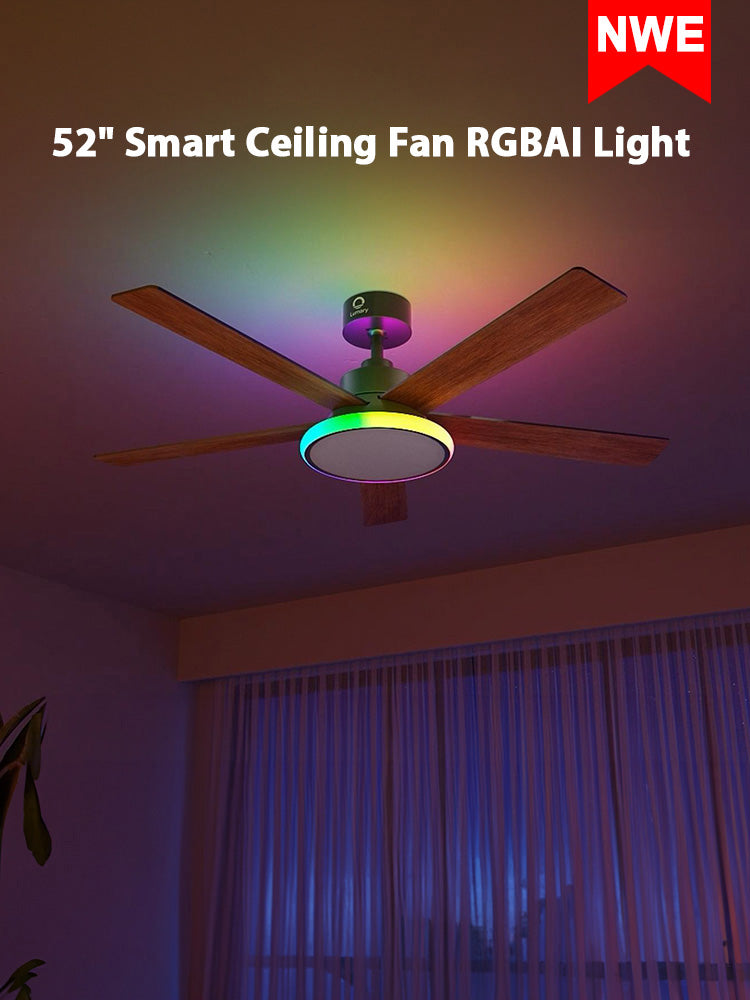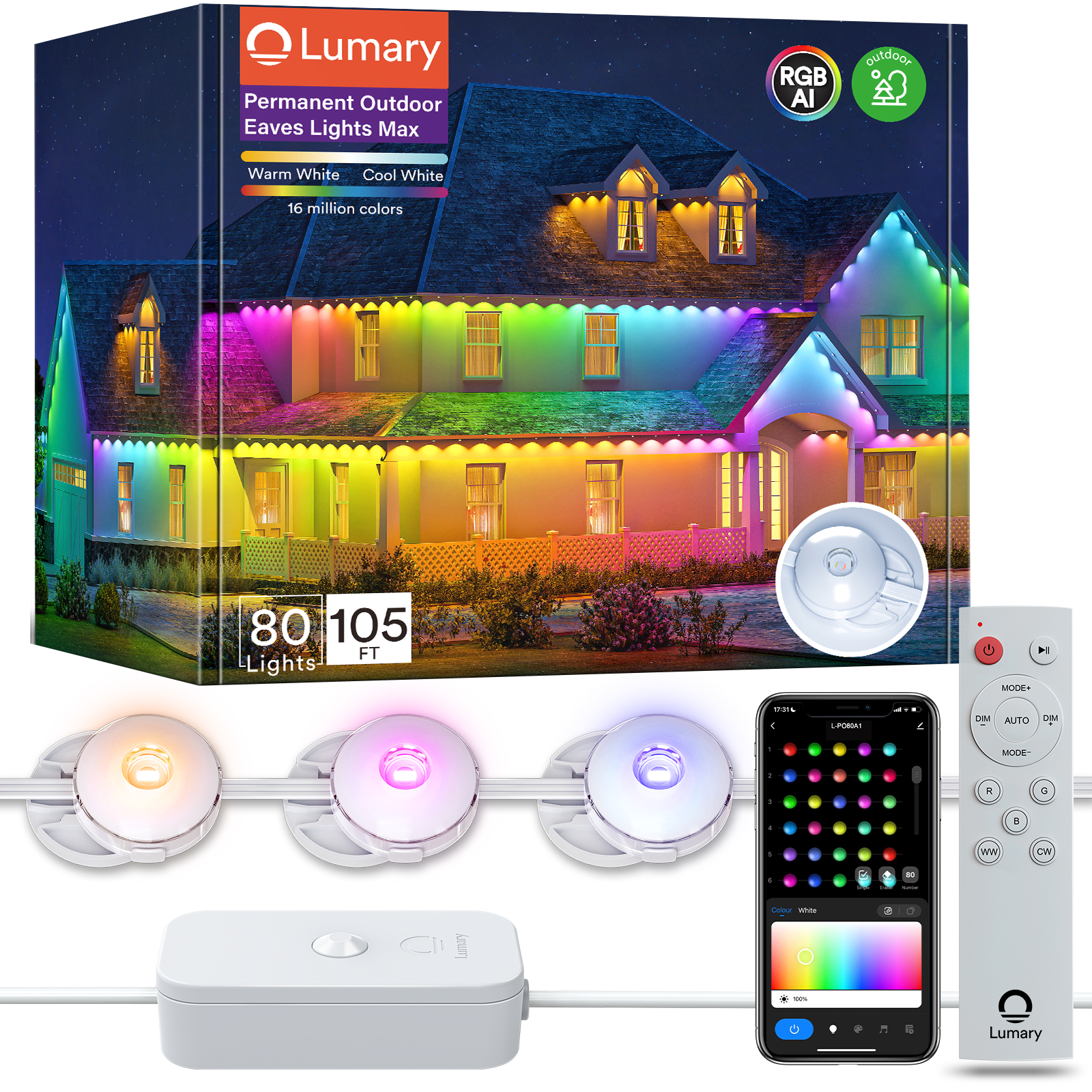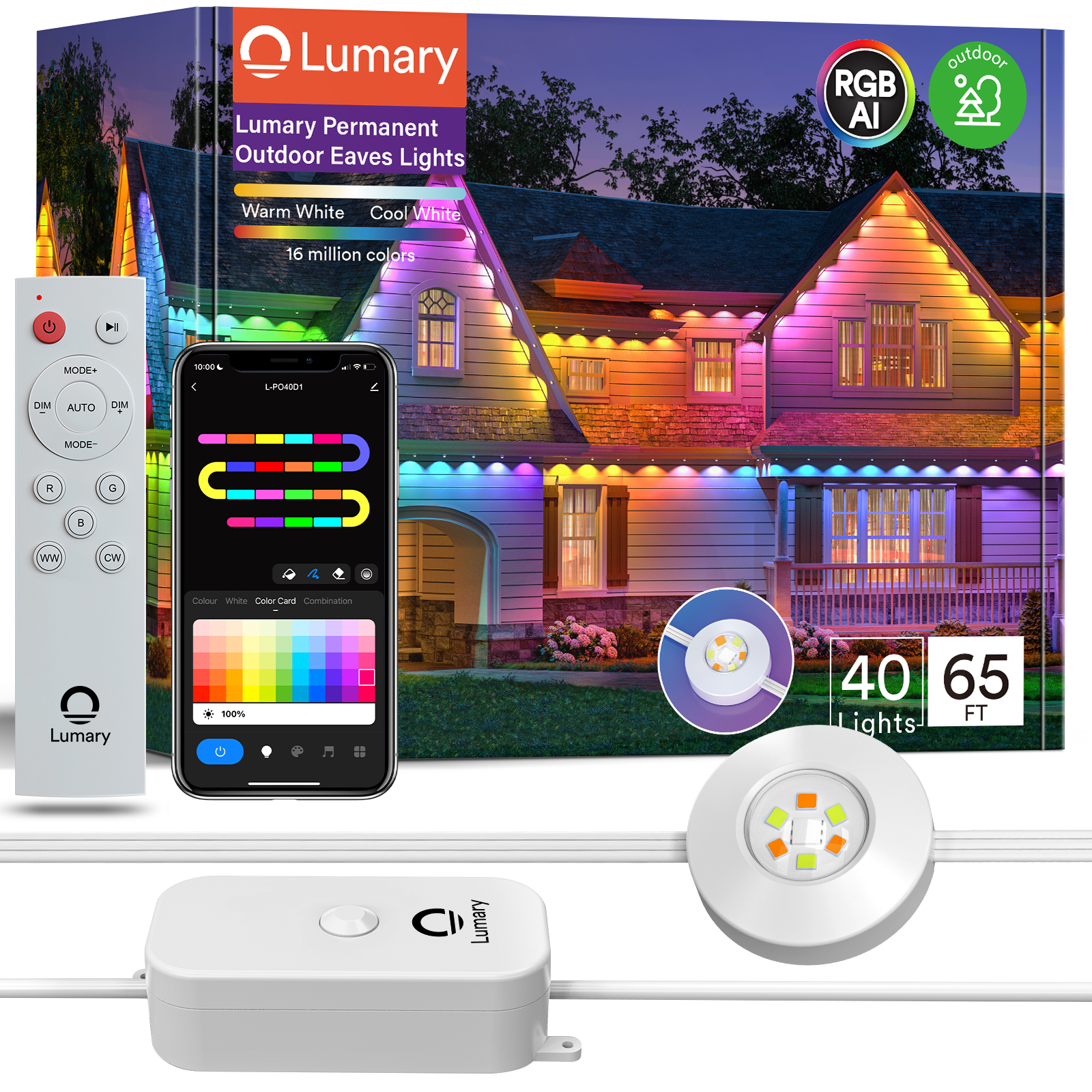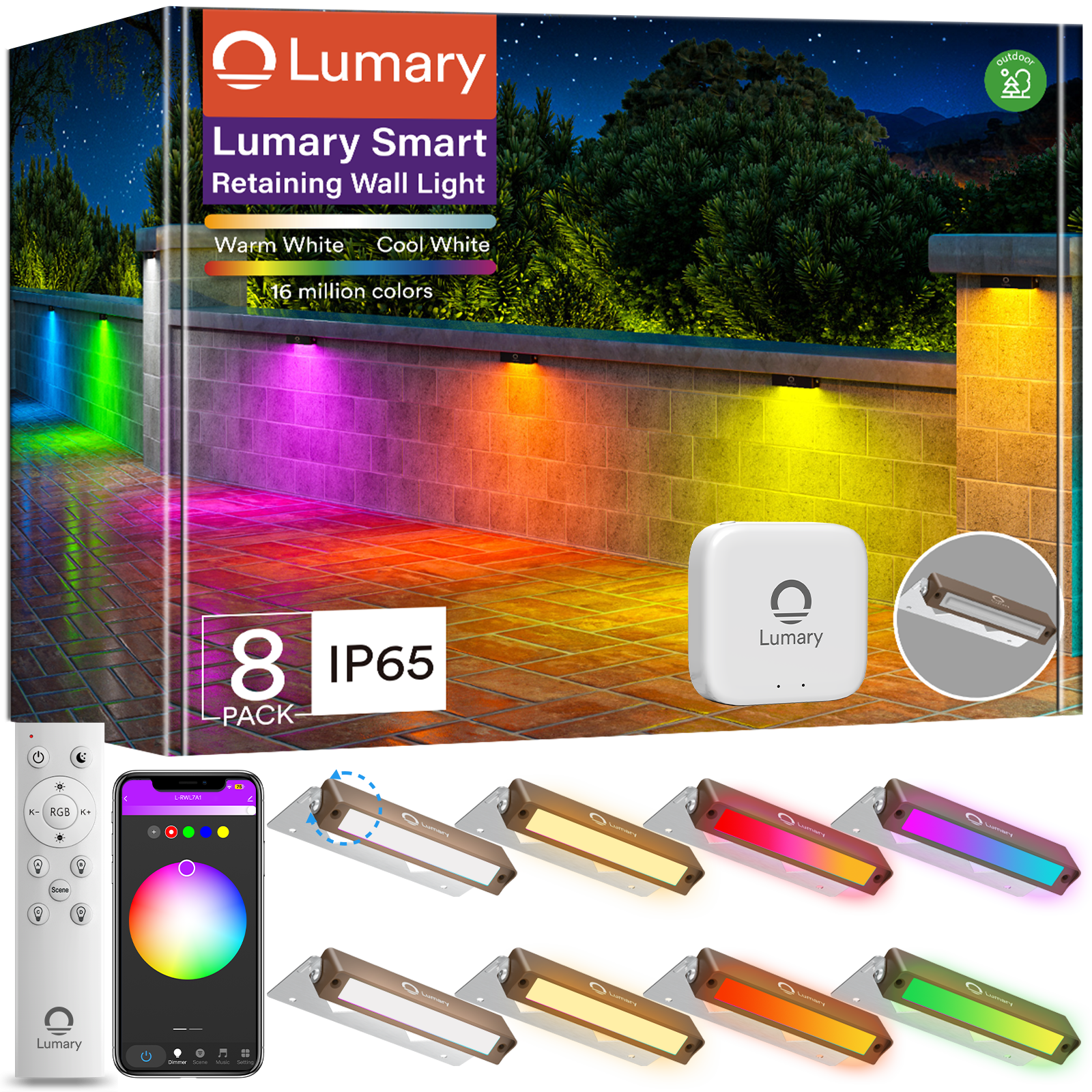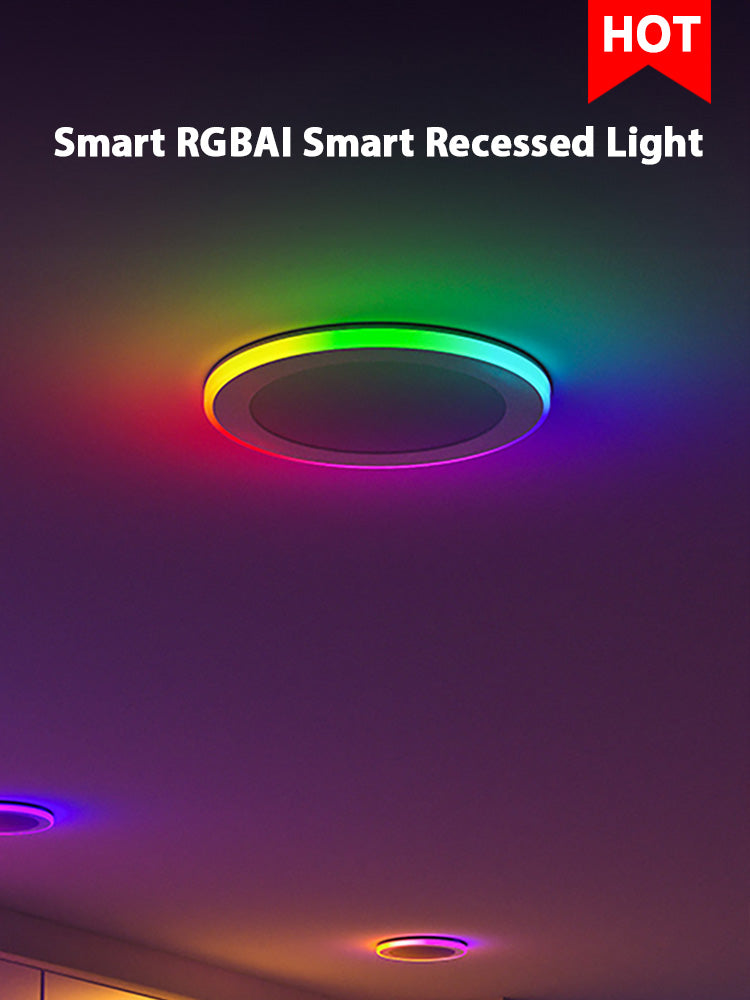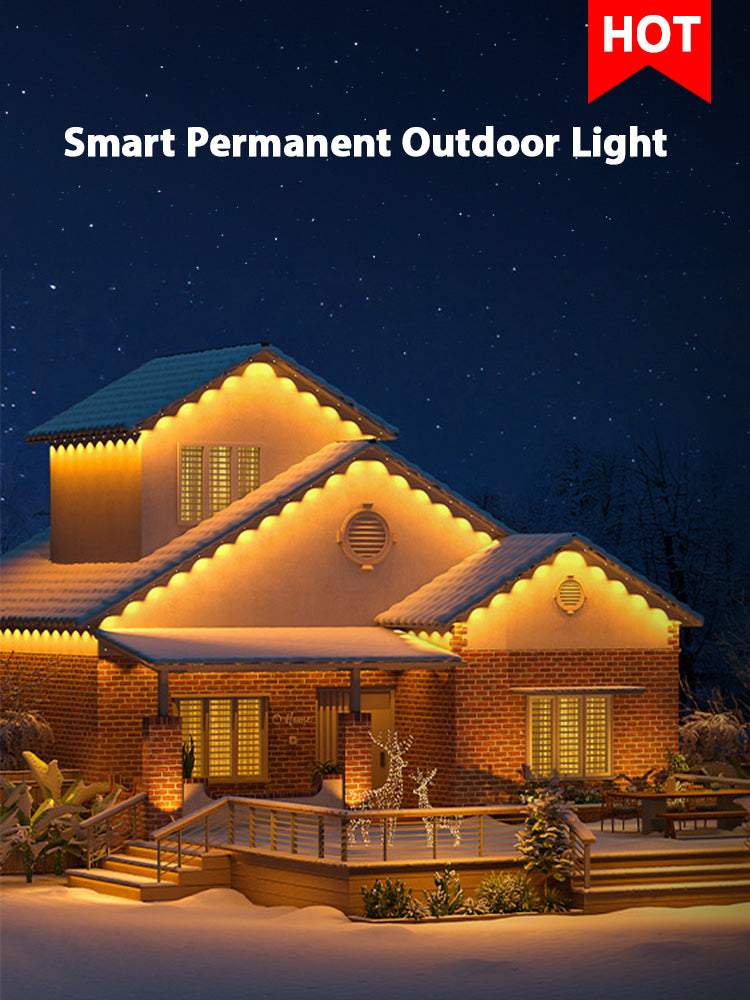Recessed lights play a crucial role in modern homes. These fixtures offer a sleek and unobtrusive lighting solution. Homeowners appreciate the clean look and energy efficiency of recessed lights.
"Installing ENERGY STAR certified recessed fixture kits is a simple and elegant option," notes Jeff Flowers, an expert in recessed lighting.
Recessed lights enhance the ambiance and functionality of any room. The following sections will delve into essential tips and considerations for optimizing recessed lights in various spaces.

Key Considerations for Recessed Lighting
Assessing the Space
Room size and ceiling height
The size of a room and the height of its ceiling are crucial factors when planning recessed lights. Larger rooms require more fixtures to ensure even illumination. High ceilings may need higher wattage bulbs or adjustable trims to direct light downward effectively. Proper assessment helps in avoiding dark corners and ensures a well-lit environment.
Purpose of the room
Different rooms serve different functions, which influences the type and placement of recessed lights. For instance, kitchens benefit from task lighting over countertops, while living rooms might need ambient lighting. Understanding the room's purpose helps in selecting the right type of lighting, whether it is general, task, or accent lighting.
Choosing the Right Bulbs
Types of bulbs (LED, Halogen, etc.)
Selecting the appropriate bulb type is essential for achieving the desired lighting effect. LED bulbs are energy-efficient and long-lasting, making them a popular choice. Halogen bulbs provide a warm light but consume more energy. Each type of bulb offers distinct advantages, so choosing the right one depends on the specific needs of the space.
Bulb sizes and wattage
Bulb size and wattage also play a significant role in the effectiveness of recessed lights. Smaller bulbs like 2-inch or 3-inch trims are suitable for accent lighting, while larger bulbs like 4-inch trims work well for general lighting. Wattage determines the brightness; higher wattage bulbs produce more light but consume more energy. Selecting the right combination ensures optimal illumination.
Selecting Downlighting Size and Spacing
Calculating the number of lights needed
Calculating the number of recessed lights required involves considering the room's dimensions and the desired level of brightness. A common guideline suggests placing one light for every 4 to 6 square feet of ceiling space. This calculation helps in achieving even distribution of light throughout the room.
Optimal spacing for even illumination
Proper spacing of recessed lights is vital for avoiding shadows and ensuring uniform lighting. Placing lights too close can lead to over-lighting, while placing them too far apart can result in dark spots. A recommended practice is to divide the ceiling height by two to determine the spacing between lights. This method provides balanced illumination.
Types of Trims and Fixtures
Different Trim Styles
Baffle trim
Baffle trim reduces glare and softens light. This trim style features concentric ridges that absorb excess light. Homeowners often choose baffle trim for living rooms and bedrooms. The design helps create a cozy atmosphere.
Reflector trim
Reflector trim enhances brightness by reflecting light downward. This trim style works well in kitchens and bathrooms. The smooth, polished surface maximizes light output. Reflector trim suits areas requiring strong illumination.
Eyeball trim
Eyeball trim offers adjustable lighting. This trim style allows users to direct light to specific areas. Eyeball trim proves useful for highlighting artwork or architectural features. Flexibility makes this trim ideal for accent lighting.
Choosing the Right Fixture
IC-rated vs. non-IC-rated fixtures
IC-rated fixtures prevent overheating by allowing insulation contact. These fixtures ensure safety in insulated ceilings. Non-IC-rated fixtures require a gap between insulation and the fixture. Homeowners must choose the appropriate fixture based on ceiling insulation.
Wet-rated fixtures for bathrooms and kitchens
Wet-rated fixtures withstand moisture and humidity. These fixtures suit bathrooms, kitchens, and outdoor spaces. Wet-rated fixtures prevent water damage and ensure safety. Proper selection of wet-rated fixtures enhances durability in damp environments.
Proper Spacing and Layout
Creating a Lighting Plan
Mapping out the room
Creating an effective lighting plan starts with mapping out the room. Begin by measuring the dimensions of the space. Note any architectural features like beams or alcoves. An even grid layout often works best for general lighting. Place the lights based on the room's shape. This approach ensures balanced illumination across the entire area.
Positioning lights for task and ambient lighting
Positioning lights correctly enhances both task and ambient lighting. Task lighting focuses on specific areas like kitchen countertops or reading nooks. Ambient lighting provides overall illumination. For task lighting, place recessed lights directly above workspaces. For ambient lighting, distribute lights evenly throughout the room. This strategy creates a well-lit environment suitable for various activities.
Avoiding Common Mistakes
Over-lighting or under-lighting
Avoiding common mistakes ensures optimal lighting. Over-lighting can make a room feel harsh and uncomfortable. Under-lighting leaves dark spots and reduces functionality. Calculate the number of lights needed based on room size. Follow guidelines to place one light for every 4 to 6 square feet of ceiling space. This calculation helps achieve the right balance.
Incorrect placement leading to shadows
Incorrect placement of lights often leads to unwanted shadows. Shadows can diminish the effectiveness of the lighting plan. To prevent this, avoid placing lights too close to walls or corners. Use a spacing guideline by dividing the ceiling height by two. This method helps in positioning lights to minimize shadows and ensure even illumination.
Installation and Maintenance Tips
Installation Guidelines
Tools and materials needed
Proper installation of recessed lighting requires specific tools and materials. Essential tools include:
-
A tape measure for accurate measurements
-
A pencil for marking locations
-
A drywall saw for cutting holes
-
Wire strippers for preparing electrical connections
-
A screwdriver for securing fixtures
Necessary materials include:
-
Recessed light fixtures
-
Appropriate bulbs
-
Electrical wire
-
Junction boxes
-
Wire nuts
Having the right tools and materials ensures a smooth installation process.
Step-by-step installation process
Installing recessed lighting involves several steps. Follow these steps for a successful installation:
-
Plan the layout: Measure the room and mark the locations for the lights. Ensure even spacing for balanced illumination.
-
Cut holes: Use a drywall saw to cut holes at the marked locations. Make sure the holes match the size of the fixtures.
-
Run electrical wire: Connect the electrical wire from the power source to each fixture location. Use junction boxes to manage connections.
-
Install the fixtures: Insert the fixtures into the holes and secure them with screws. Ensure the fixtures sit flush with the ceiling.
-
Connect the wiring: Use wire strippers to prepare the wires. Connect the wires using wire nuts, matching the colors (black to black, white to white, ground to ground).
-
Insert bulbs: Place the appropriate bulbs into the fixtures. Ensure the bulbs fit securely.
-
Test the lights: Turn on the power and test the lights. Check for proper operation and adjust as needed.
Following these steps ensures a safe and effective installation.
Maintenance and Troubleshooting
Cleaning and replacing bulbs
Regular maintenance keeps recessed lighting in optimal condition. Cleaning and replacing bulbs involves simple steps:
-
Turn off the power: Ensure safety by turning off the power to the lights.
-
Remove the trim: Gently pull down the trim to access the bulb.
-
Clean the trim: Use a soft cloth to clean the trim and remove dust.
-
Replace the bulb: Remove the old bulb and insert a new one. Ensure the new bulb matches the fixture's specifications.
-
Reattach the trim: Secure the trim back in place.
Regular cleaning and timely bulb replacement maintain the quality of lighting.
Addressing common issues (flickering, dimming)
Common issues like flickering or dimming can affect recessed lighting. Address these issues with the following steps:
-
Check the bulb: Ensure the bulb is properly seated. Replace it if necessary.
-
Inspect the wiring: Loose connections can cause flickering. Tighten any loose wires.
-
Examine the dimmer switch: Not all bulbs are compatible with dimmer switches. Ensure compatibility and replace the switch if needed.
-
Look for voltage fluctuations: Inconsistent voltage can cause dimming. Consult an electrician to address this issue.
Resolving these common problems ensures consistent and reliable lighting performance.
Recessed lighting enhances the ambiance and functionality of any room. Key points include assessing the space, choosing the right bulbs, and selecting appropriate trims and fixtures. Practical tips ensure long-lasting and effective lighting. Regular maintenance and proper installation play crucial roles. For more detailed information, consult a comprehensive guide.
"Hello, I’m Andrew. I'm a lighting contractor in Southern California who specializes in residential recessed lighting," says Andrew, a seasoned expert.

